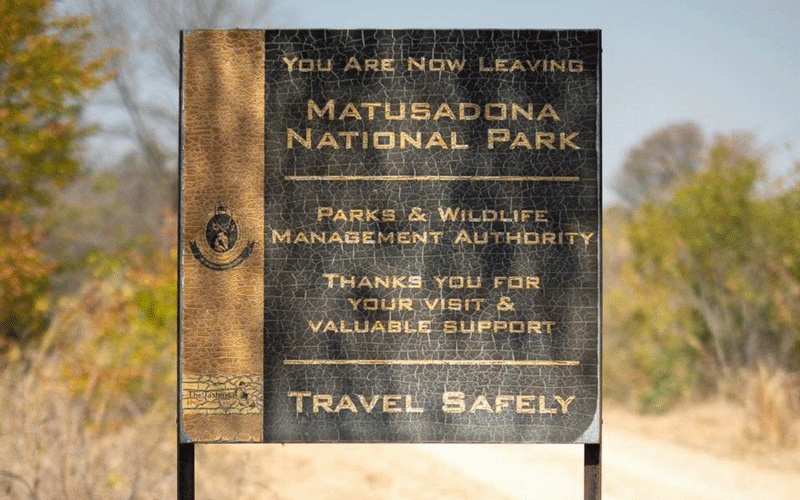
A DEAL inked between the Zimbabwe Parks and Wildlife Management Authority (Zimparks) and a continental conservation campaigner to “revitalise” Matusadonha National Park three years ago has given impetus to ongoing efforts to conserve animals and stem human–wildlife conflict, officials said last week
Zimparks, which required up to US$30 million to carry out crucial interventions in the country’s vast game parks, has been struggling to carry out its mandate because of lack of funding.
During a tour of Matusadonha — which was declared a national park 47 years ago — Zimparks officials said funding from African Parks, its partner in the conservation deal, had bolstered its capacity to respond to crises and bankroll vital operations.
The deal covers almost 1 500 square kilometres of the vast wildlife enclave, which sits at the heart of Nyaminyami Rural District Council, resting on Lake Kariba’s eastern front shoreline.
“Diminishing financial resources made it impossible to adequately protect the park from human pressures seen across the country and the continent in conservation areas,” the authority said in a statement released during the tour.
“Now with the commitment of Zimparks and the 20-year-long management agreement in place with African Parks, our joint vision is to bolster wildlife numbers and recreate Matusadonha into the wildlife stronghold it once was, repositioning it as a leading safari destination to benefit people and wildlife for generations to come.”
Speaking to journalists during the tour, Zimparks spokesperson Tinashe Farawo hailed the partnership, which he credited for improving wildlife management.
“We have seen some improvements,” Farawo said. “We now have accommodation for officers and workshops. Roads are being maintained. Issues of human and wildlife conflict are being attended to timeously because there are resources.
- Zimbabwe’s lobby to lift ivory trade ban stutters
- Zimbabwe ivory trade lobby raises questions
- Japan, EU in lukewarm response to Zimbabwe’s lobby to lift ivory ban trade
- Involve communities in conservation, says Ndlovu
Keep Reading
“We have always been saying conservation is a joint effort. We must always try to work together so that we remain on top in terms of wildlife management.”
Funding shortages had come at a huge cost for Zimbabwe.
Scores of people living on the fringes of national parks die annually in fatal confrontation with animals — about 46 of them have been killed by animals so far this year.
Elephants have destroyed swaths of crop fields, leaving thousands prone to hunger.
Villagers respond by killing the animals, many of them facing extinction, in order to protect their crops.
Zimbabwe’s plan was to use proceeds of the sale of wildlife products like ivory to fund wildlife conservation.
But it has struggled to sell its huge stockpiles because under tougher Convention on International Trade in Endangered Species of Wild Fauna and Flora (Cites) regulations, trade in many wildlife products is prohibited.
Last week, African Parks undertook to pursue a business approach to conservation.
Michael Pelham, the chief operations manager at the park, said Matusadonha faced several challenges, such as, illegal fishing in Lake Kariba, gold mining and poaching of ivory and bush meat.
“With the park’s northern boundary abutting the heavily utilised Lake Kariba Recreational Park, the task of managing its wildlife and providing adequate law enforcement is put to the test daily,” he said.
“Fishing camps, both in and out of the park, use the lake for commercial fishing and provide cover for illegal fishing and, historically, ivory poaching. A large component of the park’s transportation assets is water-based, which is slow and expensive, putting pressure on the financial and logistical aspects of law enforcement and arrests.
“We are going to re-introduce black rhinos. You know very well that Southern Africa is known for its black rhinos and we want to boost our numbers,” Pelham said.






